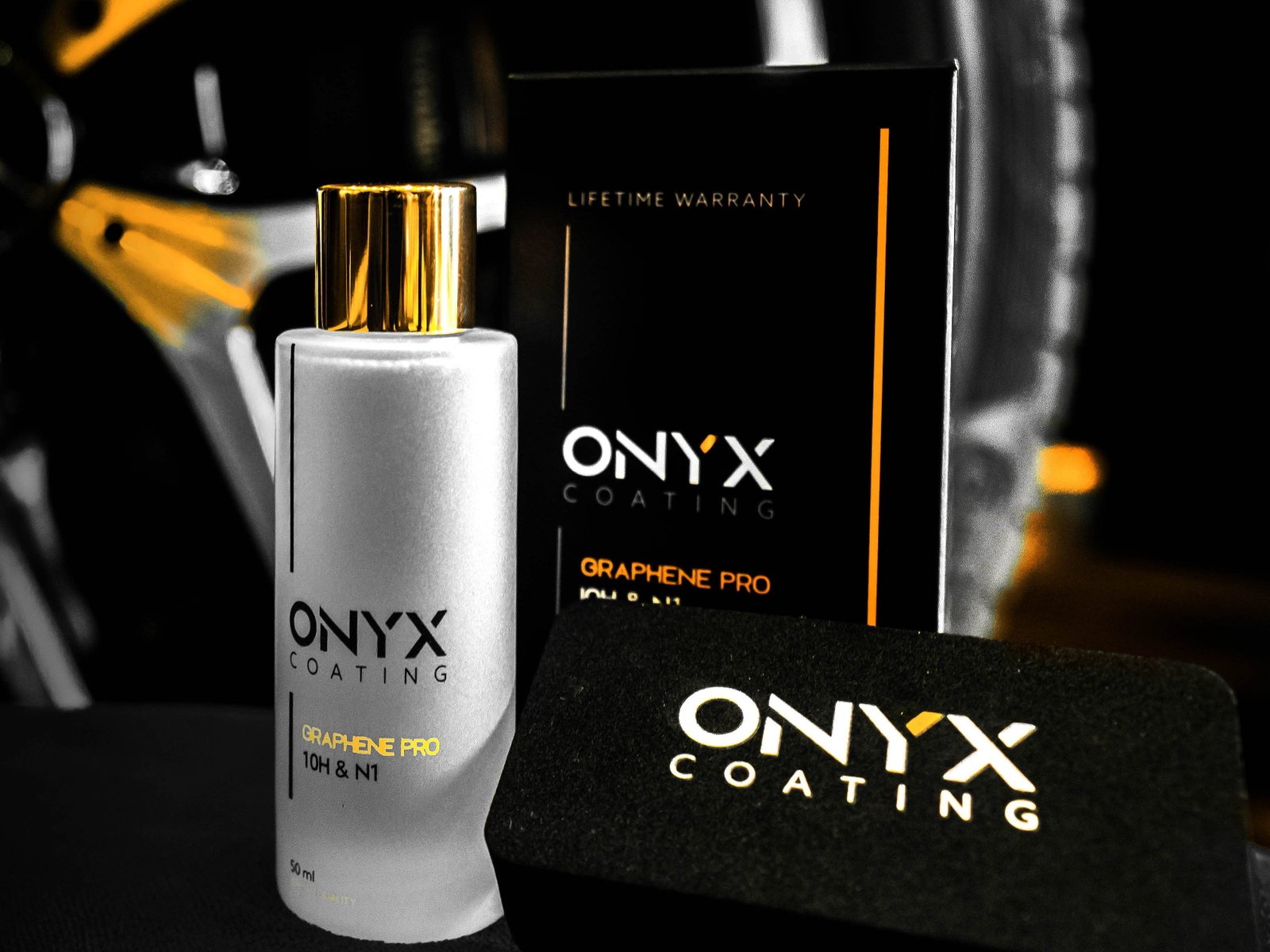
For your average car lover that wants a new coating, there is one major hurdle to understanding the market; the names. Quartz, Graphene, Ceramic, what is the difference and where should you start?
Let’s start with Ceramic Coating, as it is the broadest term. This term covers a whole line of products designed to coat a surface to protect it from damage. The broadness of this helps to keep all of the products in the line, even if they are intended for different vehicles, applications, or finish types.
The big thing to understand is that Quartz is a marketing term, and is used interchangeably with Ceramic Coating. The word has become an industry standard because it invokes the image of something clear and hard. The exact kind of image that industry professionals want customers to associate with protecting their cars. So when you see a “Quartz Coating”, remember that this is just a ceramic coating. From there, you will want to be looking at the specs of the coating. Such as its hardness, thickness, and looking into recommended care. These details will give you the major differences that you want to keep in mind before buying.
So, then what exactly is a Graphene coating? This term denotes a pretty major difference in the chemical structure of the coating. Your standard coating is made up of a resin compound primarily consisting of SiO2 and its additives. A Graphene coating adds just that, Graphene. Molecularly, Graphene is fantastic for reinforcing the bonds between structures. Think of it as molecular rebar, reinforcing the bonds and making them harder to break. The result is a coating that is harder to damage through either physical or chemical means.
We hope that this article helps to communicate some of the major differences involved when buying a ceramic coating for your car. The industry can be a bit complicated for those not in the middle of it, but that should not exclude regular buyers from understanding what they are about to buy.
